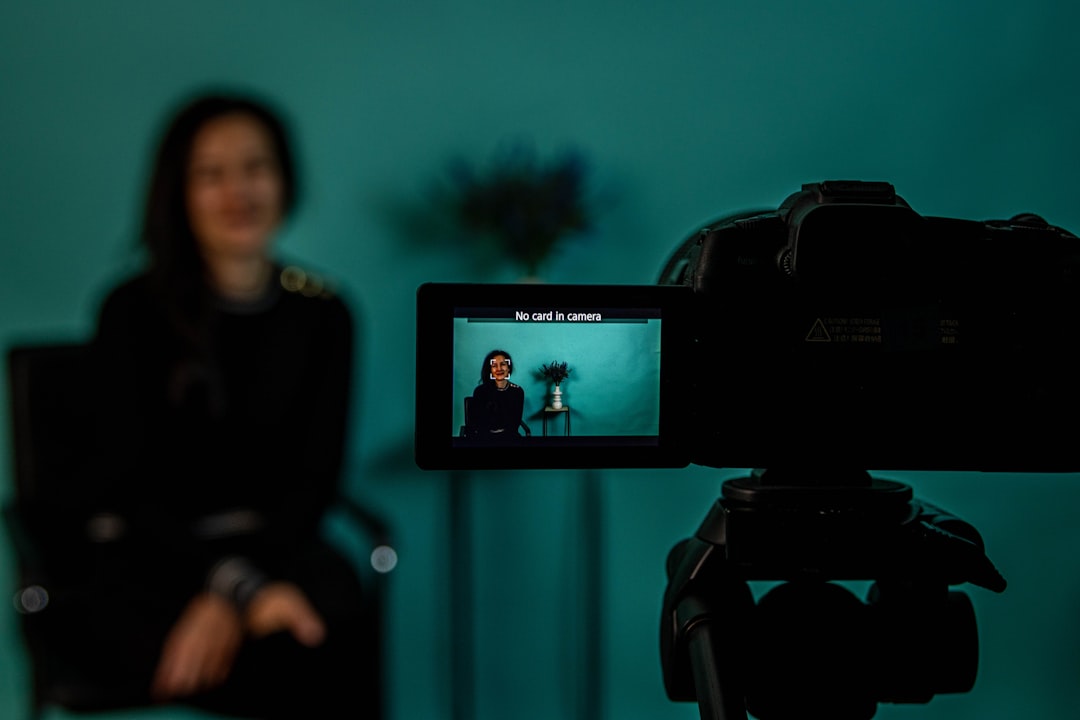Every photographer knows the value of a great image, not just in terms of its visual impact but also its ownership and discovery. As the internet keeps growing, so does the need to ensure that photographs are protected, properly attributed, and not misused. One of the most powerful tools in a photographer’s arsenal for these purposes is reverse image search. This often-underutilized technology does more than just help locate duplicates of a picture—it offers a range of creative and practical applications valuable to any photographer, from amateur to professional.
Here are 8 reverse image search tricks every photographer should know to maximize the effectiveness and protection of their work:
1. Track Down Image Theft
Arguably the most well-known reason photographers use reverse image search is to detect unauthorized use of their work. By uploading an image to tools like Google Images, Tineye, or Yandex, photographers can quickly see where else their photo appears online.
If a photo surfaces on a website that doesn’t offer proper attribution or licensing, photographers can take appropriate action—whether by sending a takedown request or invoicing for unauthorized use.

2. Find Higher Resolution Versions
Sometimes a photographer might stumble upon an older piece of work only to find the quality lacking. Reverse image search isn’t just good for finding copies—sometimes it leads to higher-resolution versions hosted elsewhere online. This can be a lifesaver when original files are accidentally lost or corrupted.
Simply drag and drop the image into a reverse image search engine and scan the results for better-quality uploads.
3. Discover Where Your Work Is Being Featured
A happy surprise for many photographers is finding their work published in blogs, news outlets, or even social media profiles they didn’t know about. Reverse image searches help detect when an image is being shared, both with and without consent.
This technique keeps you informed and provides great insight into how your work resonates with the broader public.
4. Identify Unknown Photographers or Sources
Photographers often collect inspiration from other artists. If you stumble upon a stunning picture whose creator isn’t credited, reverse image search can help identify the original photographer. This can lead to creative collaborations or simply give credit where it’s due.
Image not found in postmeta
Sites like Yandex are especially effective when Google Image Search fails to deliver relevant matches. Once identified, you can explore more of the artist’s work or even reach out through their listed portfolio.
5. Clean Up Unwanted Profiles or Fake Accounts
Unfortunately, popular photographers are often victims of impersonation. Fake accounts or portfolios online might use stolen photos to attract clients or gain followers. Regular reverse image searches of your most popular photos will alert you if someone has assumed your identity on platforms like Instagram, LinkedIn, or stock websites.
Act quickly: report and request removal through proper channels to maintain your brand’s authenticity.
6. Protect Your Stock Photography Portfolios
Stock photography is a significant revenue stream for many professionals. However, pirated versions of stock photos often circulate online, robbing creators of their wages. A strategic reverse image search of your best-selling photos can help ensure that they’re not being distributed illegally outside your licensing agreements.
Look for telltale signs such as the absence of watermarking or non-stock domain names, both indicators of illegal hosting.
7. Discover The Origin of Viral Images
Ever come across a viral photograph and wonder who shot it? Reverse image searching can uncover where a photo was first posted. This is useful not only for curiosity but also for journalists or bloggers who need to properly credit a creator or collect licensing information.
In photojournalism and commercial media, attributing the work to the correct person ensures ethical publication practices.
8. Contextualize Your Portfolio for Better Marketing
Knowing where your photos are shared or how they’re being described online can influence how you market your work. A reverse image search can reveal how viewers interpret a photo and what types of captions or tags are commonly associated with it.
Use this insight to better position your photographs on social platforms and websites for improved engagement.
Image not found in postmeta
Frequently Asked Questions
- Q: What are the best tools for reverse image searching?
A: Google Images, Tineye, Yandex, and Bing Visual Search are popular choices among photographers. - Q: Can reverse image search work on mobile devices?
A: Yes, most reverse search tools now offer mobile compatibility or apps. Google Lens is especially helpful on smartphones. - Q: How often should a photographer do reverse image searches?
A: Ideally once a month, or more frequently for highly visible/viral images. - Q: What file types work with reverse image search tools?
A: Common formats like JPG, PNG, and GIF are supported by nearly all major tools. - Q: Is it illegal to use someone’s photo found through reverse image search?
A: Yes, if you use the image without permission or a proper license, it constitutes copyright infringement. - Q: Can reverse image searches mislable image sources?
A: Yes, especially if the image is widely shared. Always verify credits where possible. - Q: How can I prevent misuse of my photos online?
A: Watermark your images, use copyright metadata, and regularly monitor using reverse image tools. - Q: Are there any limitations to reverse image search?
A: Yes. They may not catch every instance, especially if the image has been cropped or significantly altered.
With the increasing importance of digital presence, reverse image search isn’t just a neat trick—it’s a necessity for photographers determined to protect their brand, track down exposure, and make informed decisions about their artistic journey. Embracing these eight tricks could redefine the way photographers see the images they produce and the world through which those images travel.
